|
|
|
|
|
|
|
|
Photo Gallery for Storeria occipitomaculata - Red-bellied Snake
| 63 photos are available. Only the most recent 30 are shown.
|
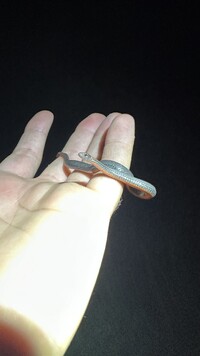 | Recorded by: A. Burgos-Melendez, E. Corey
Cumberland Co.
Comment: |  | Recorded by: A. Burgos-Melendez, E. Corey
Cumberland Co.
Comment: |
 | Recorded by: Jordan Anderson
Gaston Co.
Comment: |  | Recorded by: Jordan Anderson
Gaston Co.
Comment: |
 | Recorded by: B. Bockhahn
New Hanover Co.
Comment: | 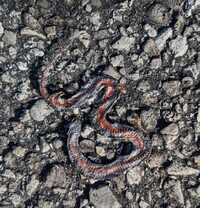 | Recorded by: Erich Hofmann and Kayla Weinfurther
New Hanover Co.
Comment: |
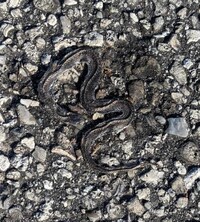 | Recorded by: Erich Hofmann and Kayla Weinfurther
New Hanover Co.
Comment: |  | Recorded by: Erich Hofmann and Kayla Weinfurther
New Hanover Co.
Comment: |
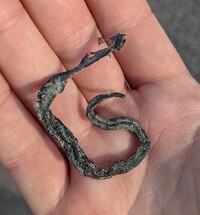 | Recorded by: Erich Hofmann and Kayla Weinfurther
New Hanover Co.
Comment: |  | Recorded by: Sharelle Quick
Union Co.
Comment: |
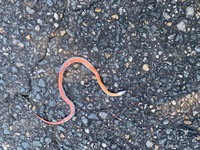 | Recorded by: Guy McGrane
Wilkes/Ashe Co.
Comment: | 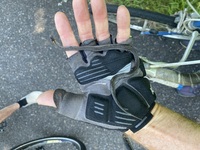 | Recorded by: Guy McGrane
Wilkes/Ashe Co.
Comment: |
 | Recorded by: Cameron Everhart
Mecklenburg Co.
Comment: | 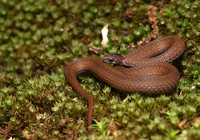 | Recorded by: Shreyes
Chatam Co.
Comment: |
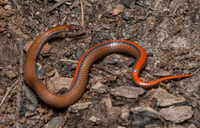 | Recorded by: Shreyes
Chatam Co.
Comment: |  | Recorded by: Carol Ann McCormick
Alamance Co.
Comment: |
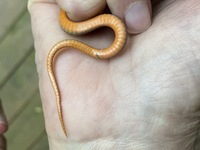 | Recorded by: Carol Ann McCormick
Alamance Co.
Comment: | 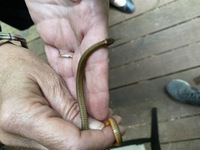 | Recorded by: Carol Ann McCormick
Alamance Co.
Comment: |
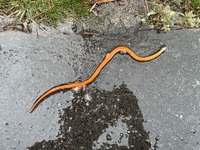 | Recorded by: K. Bischof, D. Hayden
Transylvania Co.
Comment: |  | Recorded by: K. Bischof, D. Hayden
Transylvania Co.
Comment: |
 | Recorded by: Anna Kim and David George
Durham Co.
Comment: | 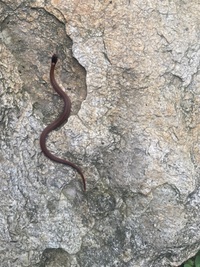 | Recorded by: J. Perry
Stokes Co.
Comment: |
 | Recorded by: Erich Hofmann
Columbus Co.
Comment: | 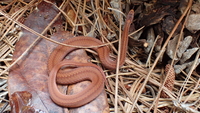 | Recorded by: Erich Hofmann
Columbus Co.
Comment: |
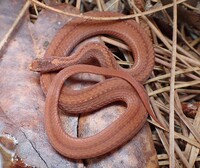 | Recorded by: Erich Hofmann
Columbus Co.
Comment: |  | Recorded by: Jessica Tate
Forsyth Co.
Comment: |
 | Recorded by: Jessica Tate
Forsyth Co.
Comment: |  | Recorded by: tom ward
Buncombe Co.
Comment: |
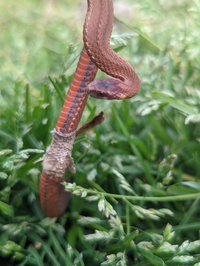 | Recorded by: Hunter Phillips
Onslow Co.
Comment: | 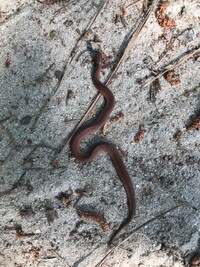 | Recorded by: S. Meares
Moore Co.
Comment: |
|

 »
» 



 »
» 

